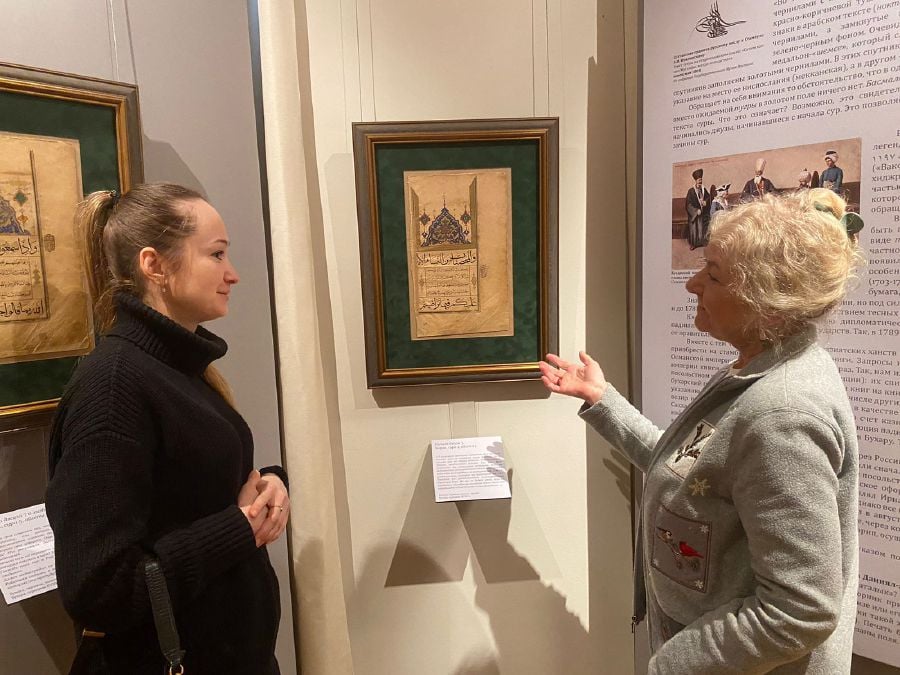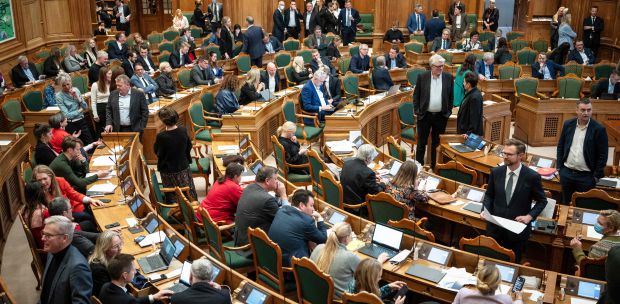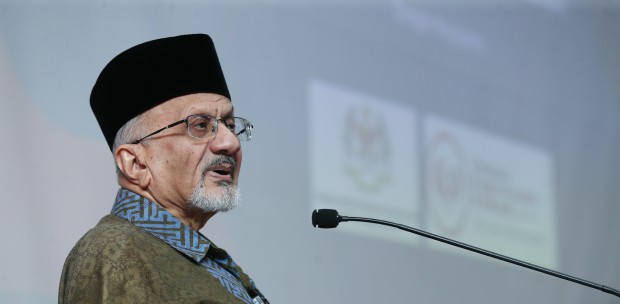BUKHARA, a city in Uzbekistan, was a very important scientific and cultural centre of the Islamic world throughout its history. A big book market flourished in the city in the early Middle Ages.
Apart from the library of emirs from the Mangyt clan, who ruled in Bukhara from the middle of the 18th century until 1920, very little is known about the territory.
In the 19th century many Bukhara book collections were plundered and their contents sold in city bazaars.
Therefore, it comes as no surprise that the manuscripts that once belonged to the library are now few in number, and several can be found in book collections around the world.
One of them is in the collection of the State Museum of Oriental Art. There is a unique copy that belonged to the library of Daniyal-biy, the founder of the Bukhara Mangyt dynasty.
Among the attractions at "The Quran of the Bukhara Emir" exhibition, which recently opened at the museum in Moscow, are 18 large, richly decorated sheets of Quranic text. They once formed part of a luxurious set of 30 separately bound volumes (chapters).
Observers agree it is likely that in the 1920s and 1930s the magnificently decorated title pages of these volumes were torn out.
In the decoration, two main types of Bukhara 'unwans' (title pages of manuscripts) are noticeable: some in the form of a frame with medallions and patterns of colour, others seem to hang from the upper edge of the page in the form of half a carpet covered with floral patterns.
Plant motifs played a noticeable role in Bukhara architecture, design of manuscripts and in many types of applied art.
All exhibited sheets bear the imprint of one seal, which indicates that the manuscript in 1783 was part of Daniyal-biy's book collection.
Deputy General Director of the Oriental Museum, Ilya Zaitsev, said that the 18 sheets entered the museum's collection in 1946 and had not been exhibited to the public until now.
"Last year I was able to read the seal that marks all 18 sheets. It turned out that these are the remains of a unique manuscript that belonged to the founder of the Mangyt dynasty in Bukhara," said the curator of the exhibition.
First Deputy Chair of the Russian Muslim Spiritual Directorate, Damir Mukhetdinov, said the Medina Publishing House published a catalogue of selected items of "The Quran of the Bukhara Emir" for the opening of the exhibition.
"For us, it is very symbolic that the first book that is published in 2024 is a catalogue of the Quran of the Bukhara emir," Mukhetdinov said.
The publication is accompanied by an in-depth article by Zaitsev.
"This is of tangible value that will remain when the exhibition is over," said Zaitsev, also the author of the catalogue.
* Pogadaev, writing from Moscow, is a former lecturer of Universiti Malaya





